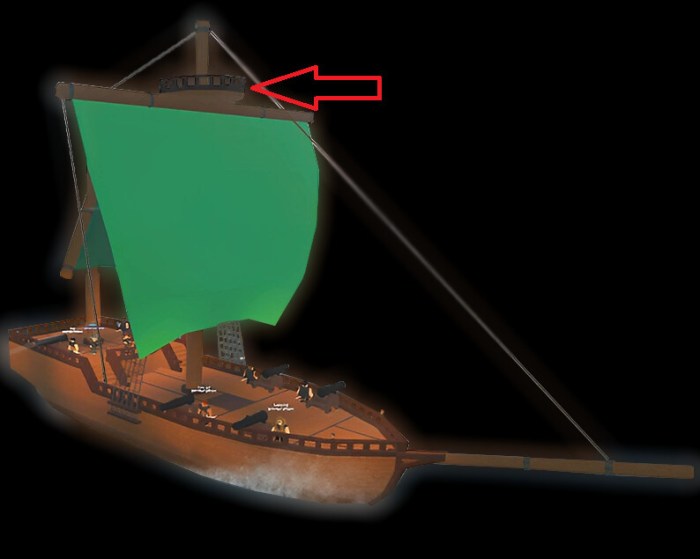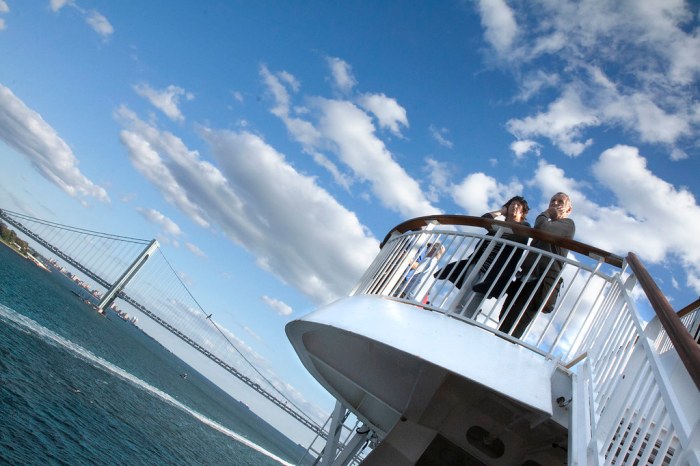Lookouts are necessary aboard ship for what reason? This compelling question sets the stage for an in-depth exploration of the critical role lookouts play in ensuring the safety of vessels at sea. From preventing collisions to enhancing situational awareness, lookouts serve as the eyes and ears of the ship, providing invaluable information to the bridge team.
Throughout this discussion, we will delve into the various types of lookouts, their specific responsibilities, and the techniques and procedures they employ. We will also examine the environmental factors that can affect lookout effectiveness and the importance of training and qualifications for these vital crew members.
Importance of Lookouts for Navigation Safety

Lookouts play a vital role in preventing collisions and groundings by providing early detection of other vessels, obstacles, and potential hazards. Their presence on the bridge enhances situational awareness and allows for timely evasive maneuvers.
Legal requirements and regulations, such as the International Regulations for Preventing Collisions at Sea (COLREGS), mandate the use of lookouts on all vessels over a certain size. These regulations specify the minimum number of lookouts required based on factors like visibility and traffic density.
Types of Lookouts and Their Responsibilities: Lookouts Are Necessary Aboard Ship For What Reason
Day Lookouts
Day lookouts are responsible for maintaining a visual watch during daylight hours. Their primary duty is to detect and identify other vessels, buoys, landmasses, and any potential hazards.
Night Lookouts
Night lookouts operate during darkness or low-visibility conditions. They use night vision equipment and radar to enhance their ability to detect objects in the surrounding environment.
Radar Lookouts
Radar lookouts monitor radar screens to identify and track other vessels, obstacles, and weather formations. They provide information to the bridge team regarding the position, course, and speed of detected objects.
Lookout Techniques and Procedures
Scanning Patterns
Effective lookouts use systematic scanning patterns to cover the entire horizon. These patterns may vary depending on the situation but typically involve sweeping the horizon in a clockwise or counterclockwise direction.
Target Identification
Lookouts are trained to identify and classify different types of vessels and objects based on their shape, size, and behavior. This allows them to distinguish between potential hazards and non-threatening objects.
Communication and Reporting

Communication Protocols, Lookouts are necessary aboard ship for what reason
Lookouts use standardized communication protocols to report sightings and potential hazards to the bridge team. These reports include information such as the type of object, its position, course, and any observed behavior.
Response Procedures
Upon receiving a lookout report, the bridge team evaluates the situation and takes appropriate action. This may involve altering course, reducing speed, or initiating evasive maneuvers.
Environmental Factors Affecting Lookout Effectiveness

Weather Conditions
Poor weather conditions, such as fog, rain, and snow, can significantly reduce visibility and impact the effectiveness of lookouts. Lookouts must adapt their techniques and use additional aids, such as radar and thermal imaging, to maintain situational awareness.
Visibility
Limited visibility due to darkness or other factors can hinder the ability of lookouts to detect objects. Lookouts must adjust their scanning patterns and use night vision equipment or radar to compensate for reduced visibility.
Training and Qualifications for Lookouts
Training Requirements
Effective lookouts require specialized training to develop the skills and knowledge necessary for the role. This training covers topics such as lookout techniques, target identification, communication protocols, and emergency procedures.
Ongoing Training
Lookouts must undergo ongoing training and refresher courses to maintain their proficiency and stay up-to-date with industry best practices and technological advancements.
Commonly Asked Questions
What are the legal requirements for lookouts?
International regulations, such as the International Convention for the Safety of Life at Sea (SOLAS), mandate the use of lookouts on all vessels over a certain size.
What are the different types of lookouts?
There are various types of lookouts, including day lookouts, night lookouts, radar lookouts, and pilotage lookouts, each with specific duties and responsibilities.
How can environmental factors affect lookout effectiveness?
Environmental factors such as weather conditions, visibility, and sea state can significantly impact the ability of lookouts to detect and identify potential hazards.